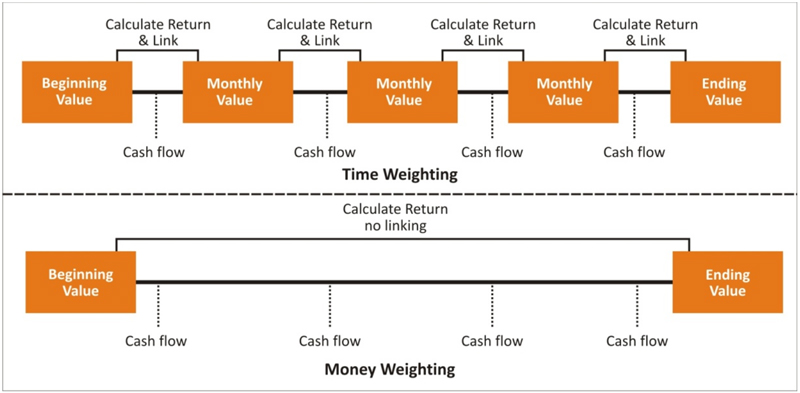What Is Tactical Allocation and Why Would I Use It?
 Contributed by: Center Investment Department
Contributed by: Center Investment Department
You’re probably familiar with strategic investing, picking the amounts of stocks, bonds, and cash that create the foundation of your portfolio. But you may also want to consider another layer of portfolio management.
Investors who overweight or underweight asset classes as perceived market opportunities arise are implementing a tactical allocation.
Typically, a tactical allocation overlays a strategic allocation to help reduce risk, increase returns, or both.
While we believe that the relationship of valuation between markets over long periods will be efficient and will correspond to fundamentals, we also know that over shorter periods, some markets may become overvalued and other asset classes will become undervalued. It makes sense at those times to use a tactical allocation strategy. When executed correctly, a somewhat modified asset allocation may offer better returns and less risk.[1]
A tactical asset allocation strategy can be either flexible or systematic.
With a flexible approach, an investor modifies his or her portfolio based on valuations of different markets or sectors (i.e. stock vs. bond markets). Systemic strategies are less discretionary and more model-based methods of uncovering market anomalies. Examples include trend following or relative strength models.
With a tactical allocation, keep in mind less can be more. Successful execution of these methods requires knowledge, discipline, and dedication. The Center utilizes tactical asset allocation decisions to supplement our strategic allocation when we identify a compelling opportunity. Our Investment Committee arrives at these decisions based on many factors considered during our monthly meetings.
Want to learn more? Reach out to your financial planner or a member of the Investment Department team to learn how The Center uses tactical allocation to manage your portfolio.
[1] All investing involves risk, and there is no assurance that this or any strategy will be profitable nor protect against loss.
Opinions expressed in the attached article are those of the author and are not necessarily those of Raymond James. Any information is not a complete summary or statement of all available data necessary for making an investment decision and does not constitute a recommendation. Every investor's situation is unique and you should consider your investment goals, risk tolerance and time horizon before making any investment. Prior to


















